When you shoot with a film camera, you’re working with an ISO speed that is set on the camera. This number helps to dictate how sensitive the film is to light. The higher the ISO number, the more sensitive the film. When you shoot with a digital camera, you also have an ISO speed that is set. However, this number doesn’t refer to how sensitive your sensor is to light – it refers to how much noise your image will have in it. In this comprehensive guide, we’ll answer all of your questions about ISO speeds and what they mean for your photography!
What is the Equivalent of Film Speed in Digital Cameras?
When you shoot with a film camera, the ISO speed is set on the camera. This number helps to dictate how sensitive the film is to light. The higher the ISO number, the more sensitive the film.
When you shoot with a digital camera, you also have an ISO speed that is set. However, this number doesn’t refer to how sensitive your sensor is to light – it refers to how much noise your image will have in it.[1]

Importance of ISO of Film Speed
The ISO of a film is its speed or sensitivity to light. The higher the number, the more sensitive it is, and the faster it can record an image. In digital cameras, the equivalent of film speed is called ISO sensitivity.
Just like with film, a high ISO setting will allow you to take pictures in low-light situations without having to use a flash. However, there is a tradeoff. Using a high ISO setting will also make your photos more grainy or “noisy”.
What is Film Speed or ISO?
Low Speed (ISO 100 or less)
Film speed is the measure of a film’s sensitivity to light, determined by its ISO number. The lower the ISO number, the less sensitive it is to light, and vice versa. A low-speed film will require more light to produce an image than a high-speed film.
In digital cameras, the sensor is what captures the light and converts it into an image. The ISO setting on a digital camera adjusts the sensor’s sensitivity to light. A higher ISO setting will make the sensor more sensitive to light, resulting in brighter images. However, this also comes with some drawbacks. Higher ISO settings can result in grainy images, or ‘noise’.[2]
Medium Speed
Medium speed films are those in the 100 to 400 range. Most general-purpose color negative films fall into this category, as do black and white films. Many of these medium-speed options are versatile and can be used for a variety of different applications, from portraits to landscapes.
If you’re just getting started with photography, a medium-speed film is a good place to start. That’s because they offer a good balance between image quality and cost. They’re also relatively easy to find and process.[2]
Some popular medium-speed film options include:
- Kodak Portra 400
- Fujifilm Pro 400H
- Ilford HPfive Plus 400
- Kodak T-MAX PORTRA 400
High Speed
With digital cameras, you can easily change the amount of light that hits the sensor simply by changing the ISO. This is great news for those who want to shoot in low light without having to worry about long shutter speeds or a lot of noise.
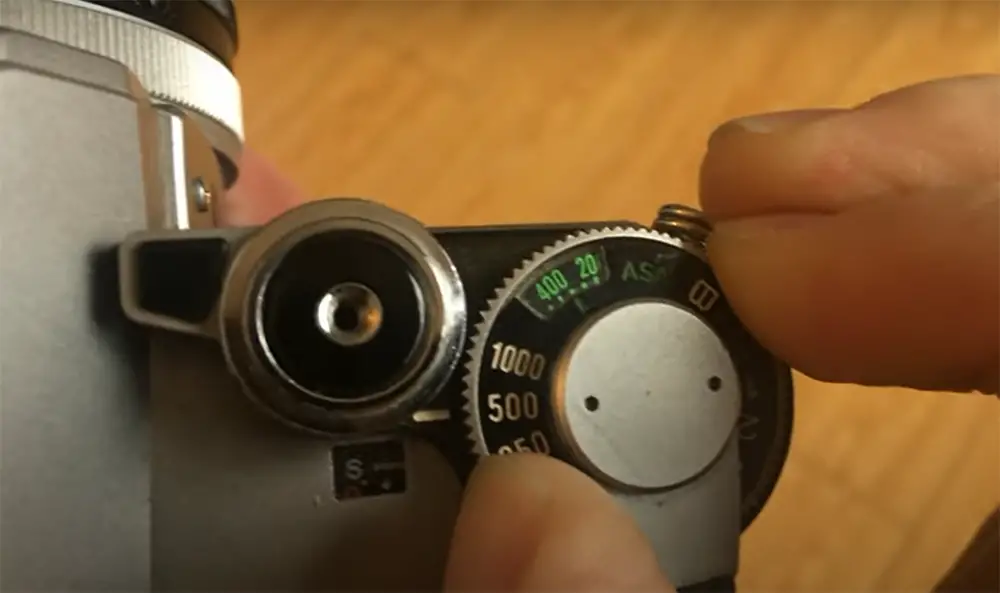
To find the right ISO for your shot, you’ll need to experiment a bit and see what works best. A good place to start is with an ISO of 800. From there, you can increase or decrease the ISO depending on the lighting conditions. Just remember that the higher the ISO, the more grain you’ll see in your photos.
If you’re shooting in bright sunlight, you can lower the ISO to around 200 or even 100. This will help reduce any noise in your photos.[2]
Pros of a Quicker Film
Of course, there are some trade-offs to consider with a high film speed. The most obvious is that your photos will be grainier the higher you go. And if you’re not careful, it’s easy to overexpose your shots at a high film speed. But overall, if you know how to use it effectively, a high film speed can be a major asset.[3]
Cons of a Quicker Film
While a quicker film speed has its advantages, there are also some disadvantages to consider. One of the main disadvantages is that it can be more difficult to control the amount of light that hits the film. This can lead to underexposed or overexposed images. Additionally, a quicker film speed will also result in grainier images. This is because each individual pixel on the sensor receives less light when using a quicker film speed. While this may not be noticeable on small prints, it can become quite apparent when enlarging an image.[3]
How to Get a Good Exposure
In photography, the word “exposure” has two related meanings: it refers to the amount of light that reaches your film or digital sensor, and it also describes the process of selecting the combination of aperture, shutter speed, and ISO that will produce a desirable image.
Generally speaking, you want to select an exposure that will result in neither an overly dark nor an overly light image. If your image is too dark, it’s said to be underexposed; if it’s too light, it’s overexposed. Both terms are technical ones used by photographers, and you’ll often hear them thrown around when people are discussing photography.
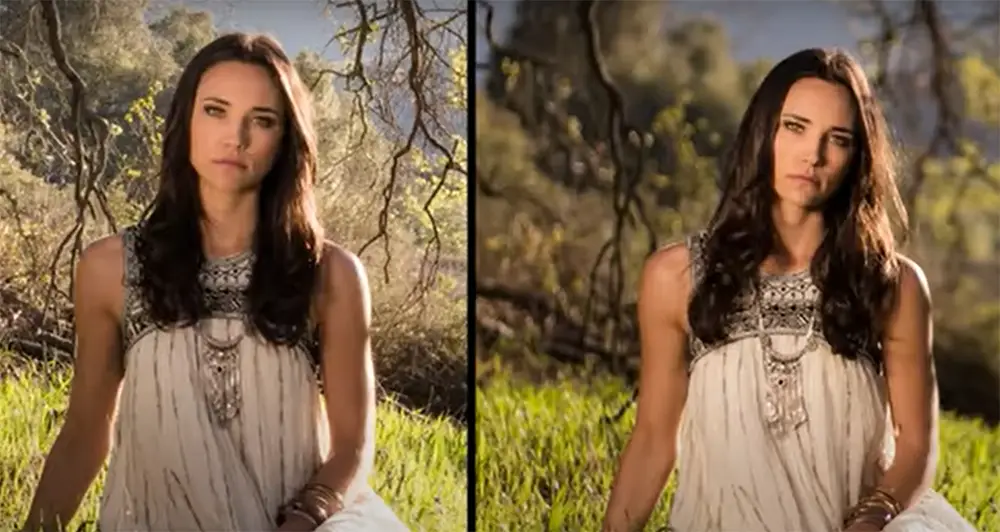
To get a good exposure, then, you need to understand how aperture, shutter speed, and ISO work together to control the amount of light that reaches your sensor. Let’s start with a brief overview of each one.[3]
Difference Between Digital Noise and Film Grain
Noise in digital cameras is random, whereas film grain is a result of the chemical process of film development. Because noise is random, it can be more difficult to remove than film grain.
Digital noise often looks like tiny speckles, while film grain may appear as larger and more distinct particles. Noise can be present in both dark and light areas of an image, whereas film grain is usually most visible in darker areas.
Both digital noise and film grain can decrease the overall sharpness of an image. However, noise is typically more distracting than film grain and can make an image look “busy.” Film grain can actually give an image a certain level of charm and character.[1]
Advantages of ISO Over Film Speed
Digital cameras have a number of advantages over film cameras when it comes to ISO. For one thing, digital cameras can change their ISO much more quickly than film cameras. This means that you can take advantage of changing light conditions much more easily with a digital camera.
Another advantage of digital cameras is that you can preview your images on the LCD screen before you commit to them. This means that you can check for over- or underexposure and make the necessary adjustments before you take the final photo. With film, you would have to wait until the roll was finished and then hope that any mistakes could be corrected in the darkroom.
Finally, digital cameras tend to have higher native ISOs than film cameras. This means that you can get away with using higher ISOs without suffering from too much noise in your images.[1]
How Does Digital Noise or Increasing Affect Photos?
The higher the ISO setting on your camera, the more sensitive it becomes to light. This means that you can use a faster shutter speed or a smaller aperture (higher f-stop number) without compromising the exposure of your photo. However, there is a trade-off: as you increase the ISO setting, you also increase the amount of digital noise in your photo.

Digital noise appears as random pixels of color that are different from the surrounding pixels. It can be compared to the graininess that you see in some film photographs. While digital noise can be distracting and reduce the overall quality of your photo, it is not always a bad thing. In some cases, it can actually add a sense of style or atmosphere to your image.[3]
Expert Advice About Choosing Film
If you’re a film photography buff, you know that different films have different “speeds.” But what does that mean, exactly? And how does it translate to digital camera settings?
Generally speaking, the higher the film speed number, the faster the film – meaning it can be used in lower light without resulting in a blurry photo. Of course, there are other factors at play as well – like aperture and shutter speed – but we’ll get to those later. For now, let’s focus on understanding film speed equivalents in digital cameras.
Here’s a helpful tip: if you’re using a point-and-shoot camera, chances are its sensor doesn’t perform as well in low light as a DSLR. So, if you’re planning on doing a lot of indoor or night photography, it’s worth investing in a camera with a higher ISO range.[1]
Comparison of Film Speed (ISO) and Digital Camera Equivalents
In photography, film speed refers to the sensitivity of the film to light. With the advent of digital cameras, the concept of film speed has been replaced by ISO (International Organization for Standardization) in the digital domain. ISO in digital cameras measures the sensor’s sensitivity to light, just like film speed did in traditional film photography. Understanding the equivalent of film speed in digital cameras is essential for photographers to achieve the desired exposure and image quality.
| Film Speed (ISO) | Digital Camera Equivalent | Explanation |
|---|---|---|
| ISO 100 | Low | Low sensitivity to light, suitable for bright conditions with abundant light. |
| ISO 200 | Medium-Low | Increased sensitivity to light, suitable for daylight or well-lit indoor scenes. |
| ISO 400 | Medium | Versatile sensitivity, useful for moderate lighting conditions or to achieve faster shutter speeds. |
| ISO 800 | Medium-High | Higher sensitivity, appropriate for dimly lit indoor or outdoor scenes. |
| ISO 1600 | High | Significantly high sensitivity, ideal for low-light conditions without using a flash. |
| ISO 3200+ | Very High | Extremely high sensitivity, often used in challenging low-light situations, but may introduce digital noise. |
The table presents a comparison of film speed (ISO) and its equivalent in digital cameras.
- ISO 100 in digital cameras is considered “Low,” providing low sensitivity to light, suitable for well-lit conditions.
- ISO 200 falls under “Medium-Low,” with slightly increased sensitivity, suitable for daylight or decent indoor lighting.
- ISO 400 is classified as “Medium,” offering versatile sensitivity for moderate lighting or faster shutter speeds.
- ISO 800 is labeled as “Medium-High,” appropriate for dimly lit scenes, both indoors and outdoors.
- ISO 1600 is categorized as “High,” featuring significantly high sensitivity, ideal for low-light conditions without flash usage.
- ISO 3200 and above fall into the “Very High” category, having extremely high sensitivity for challenging low-light situations, but they may introduce digital noise to the images.
Understanding the equivalent of film speed in digital cameras is crucial for photographers to make informed decisions when adjusting ISO settings to capture well-exposed and high-quality images in various lighting conditions.
FAQ
Is ISO equivalent to film speed?
Yes, ISO is the digital equivalent of film speed. It’s a measure of how sensitive your camera sensor is to light. The higher the ISO number, the more sensitive it is, and the less light you need to take a good photo.
However, there’s a trade-off: if you use a high ISO setting, your photos will be more grainy or “noisy.” That’s why it’s important to find the right balance for your needs.
What is the film speed on a camera?
The film speed on a camera is the measure of how sensitive the film is to light. The higher the number, the more sensitive it is, and the faster it can be used to take pictures.
For example, a film speed of 400 would be twice as fast as a film speed of 200. This means that you could take twice as many photos in the same amount of time with a 400 speed film than you could with a 200 speed film.
The most common speeds are 100, 200, and 400. However, there are also lower speeds like 50 and 25, as well as higher speeds like 800, 1600, and even 3000!
Is film speed the same as shutter speed?
Film speed and shutter speed are two different things. Film speed is the measure of how sensitive a film is to light, whereas shutter speed is the amount of time that the shutter is open when taking a picture.
While film speed and shutter speed both affect the amount of light that reaches the film or sensor, they do so in different ways. Film speed is a measure of the sensitivity of the film stock to light, while shutter speed is a measure of the length of time that the shutter is open when taking a picture.
How do you know what film speed to use?
The first thing to consider is what you want your photo to look like. If you want a lot of detail and sharpness, you’ll need to use a faster film speed. But if you’re going for a more dreamy or blurry look, you can use a slower film speed.
Here are some general guidelines:
- For well-lit subjects, use a faster film speed (400 or higher)
- For low-light subjects, use a slower film speed (200 or lower)
- For action shots, use a faster film speed (1000 or higher)
What should my shutter speed be 35mm?
This is a great question, and one that doesn’t have a definitive answer. The reason being is that film speed (or ISO) and shutter speed are two separate settings that both affect the overall exposure of your image.
With film cameras, you would choose your film speed based on the conditions you were shooting in and then set your shutter speed accordingly. In digital cameras, however, the sensor is what determines the “film speed” so to speak.
What does film speed mean in digital cameras?
Film speed, in the context of digital cameras, refers to the sensitivity of the camera’s image sensor to light. It determines how quickly the sensor can capture and record light, influencing the camera’s exposure settings and overall image quality.
How is film speed measured in digital cameras?
In digital cameras, film speed is measured using the ISO (International Organization for Standardization) scale. Common ISO values for digital cameras range from 100 (low sensitivity) to 6400 or even higher (high sensitivity). A higher ISO allows for better performance in low-light conditions but can introduce digital noise or grain to the images.
What happens when you increase the film speed in a digital camera?
When you increase the film speed (ISO) in a digital camera, the sensor becomes more sensitive to light, allowing you to use faster shutter speeds or smaller apertures in low-light situations. However, higher ISO settings may lead to increased noise or grain, reducing the overall image quality.
Does changing the film speed affect the exposure of a digital image?
Yes, changing the film speed (ISO) in a digital camera directly impacts the exposure of the image. A higher ISO makes the sensor more sensitive to light, resulting in a brighter exposure, while a lower ISO makes the sensor less sensitive, leading to a darker exposure.
Can you adjust the film speed in a digital camera?
Yes, most digital cameras allow you to manually adjust the film speed (ISO) settings. You can change the ISO to suit different lighting conditions and achieve the desired exposure for your photographs.
Is there an ideal film speed for all situations in digital photography?
There is no single ideal film speed that suits all situations in digital photography. The best ISO setting depends on the available light, the desired level of noise, and the effect you want to achieve in your photographs. For well-lit scenes, a lower ISO (e.g., 100 or 200) generally produces cleaner images, while higher ISO values (e.g., 800 or above) are suitable for low-light or fast-action scenarios.
Useful Video: Choosing the right Film ISO! – Film Speeds Explained.
Conclusion
So there you have it! The equivalent of film speed in digital cameras is the ISO setting. By understanding how this works, you can better control the exposure of your images and get the results you want.
Do you have any questions about ISO or film speed? Let us know in the comments below!
If you’re interested in learning more about photography, be sure to check out our other blog posts on a variety of topics. And don’t forget to sign up for our email list to receive exclusive discounts and content! Thanks for reading!
References:
- https://camlense.com/what-is-the-equivalent-of-film-speed-in-a-digital-cameras/
- https://cameraguider.com/what-is-the-equivalent-of-film-speed-in-digital-cameras/
- https://cameragroove.com/film-speed-equivalent-in-digital-cameras/





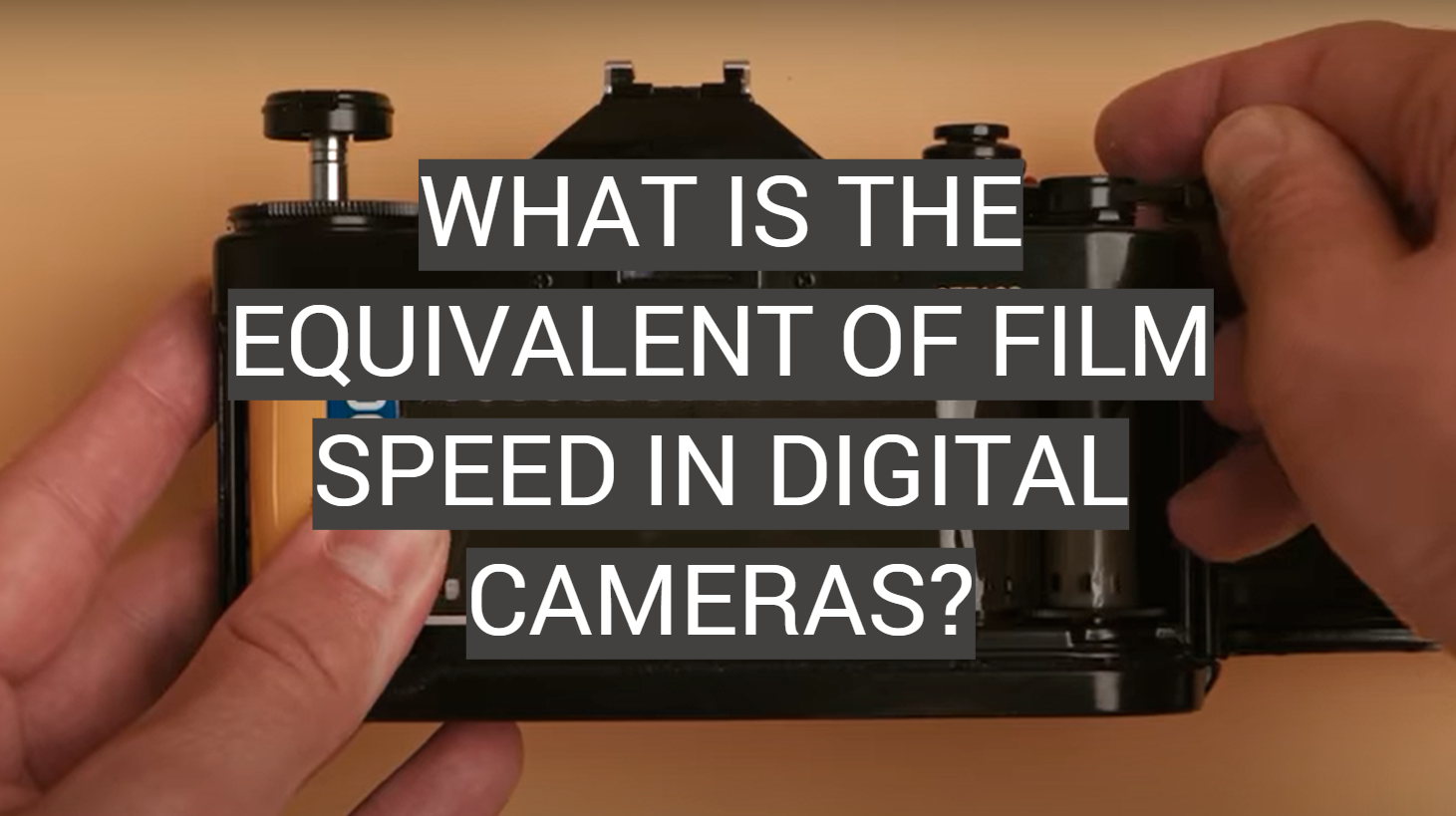
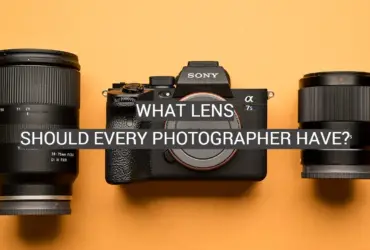



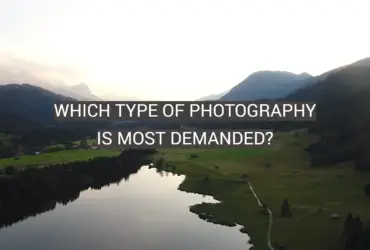
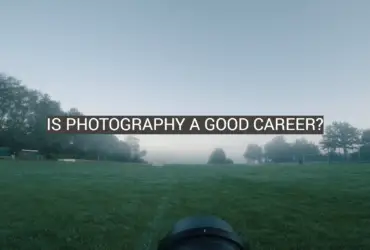
Leave a Reply